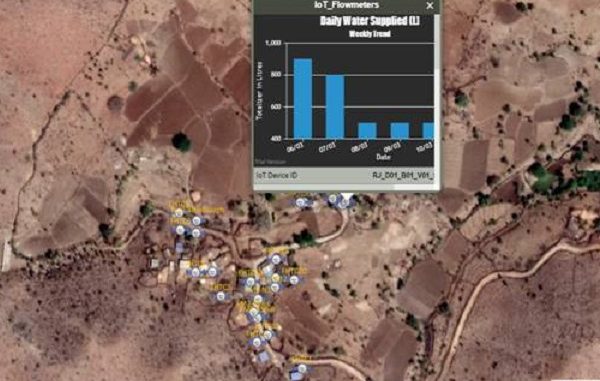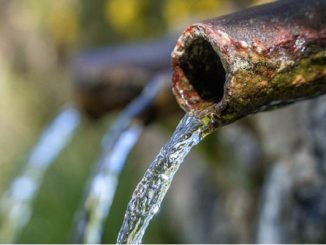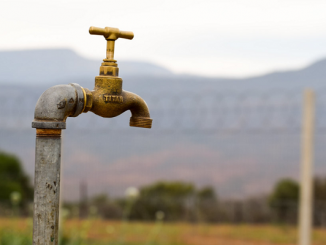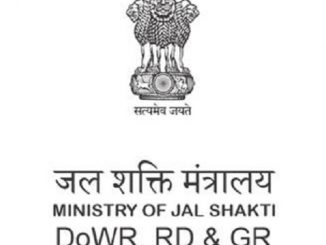
Mar 31:
To monitor the rural drinking water supply systems in villages, the Ministry of Jal Shakti has decided to take the digital route to usesensor-based IoT devices to effectively monitor the implementation of Jal Jeevan Mission (JJM) in more than six lakh villages. For this, National Jal Jeevan Mission in collaboration with Tata Community Initiatives Trust (TCIT) and Tata Trusts recently completed pilot projects in several remote villages of five States i.e. Uttarakhand, Rajasthan, Gujarat, Maharashtra, and Himachal Pradesh.A key feature of these pilots has been the use of frugal yet sturdy sensors, which makes the solution scalable and sustainable. One of the key challenges posed to the team was to develop a robust solution at a fraction of the water infrastructure costs (<10-15% of total scheme capex) without compromising on quality or functionality. These costs are expected to reduce further at scale. More importantly, majority of the vendors, including manufacturers, are Indian players, thereby giving a boost to Government’s AatmaNirbhar Bharat programme. The pilots went live in September 2020 despite challenges during CoVid-19 pandemic.
The Internet of Things (IoT) based remote monitoring provides near real-time information without any manual intervention by using sensors. This would not only allow effective monitoring and management on-ground, but also enable real-time visibility to State water supply/ PHED officials, and citizens. With a futuristic vision to ensure regular tap water to every home, real-time measurement and monitoring is critical for rural drinking water supply schemes, with enormous gains in terms of operational efficiencies, cost reduction, grievance redressal, etc. Data will drive improvement in service delivery and instill transparency for precious natural asset such as water. Thus, making a strong social and economic case for deployment of such a system.
Rural drinking water supply design varies considerably across different regions of the country. These pilots were spread across diverse agro-climatic conditions – including areas in western Himalayas, desert regions to Gangetic plains (spanning extreme cold of -100C to severe heat of 480C. These pilots cover different types of sources such as groundwater based borewells, springs in hilly areas, and surface water (river and dams) and villages with a population of a few hundreds to several thousands. The pilots also demonstrated a first-of-its-kind comprehensive (source to tap) remote monitoring and control system in a completely off-grid (using solar and battery only) rural environment in Sirohi district, Rajasthan.
Several types of sensors have been deployed including flow meters, ground water level sensors, chlorine analyzers, pressure sensors, pump controller etc. to measure all the relevant aspects of water service delivery – quantity, duration, quality, pressure, and sustainability – in addition to providing operational efficiencies. The cloud and analytics powered IoT Platform is integrated with a GIS (Geographical Information System) providing a robust decision support system.
Disclaimer: We donot claim that the images used as part of the news published are always owned by us. From time to time, we use images sourced as part of news or any related images or representations. Kindly take a look at our image usage policy on how we select the image that are used as part of the news.


